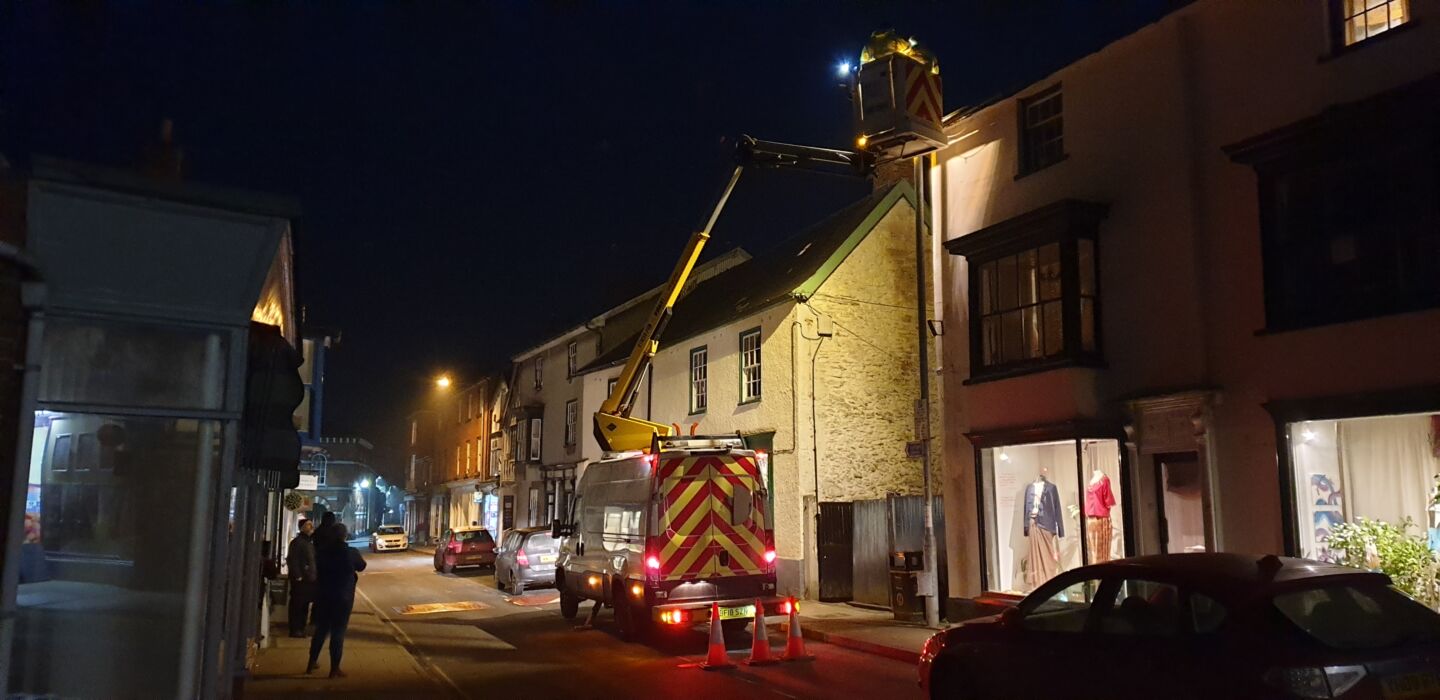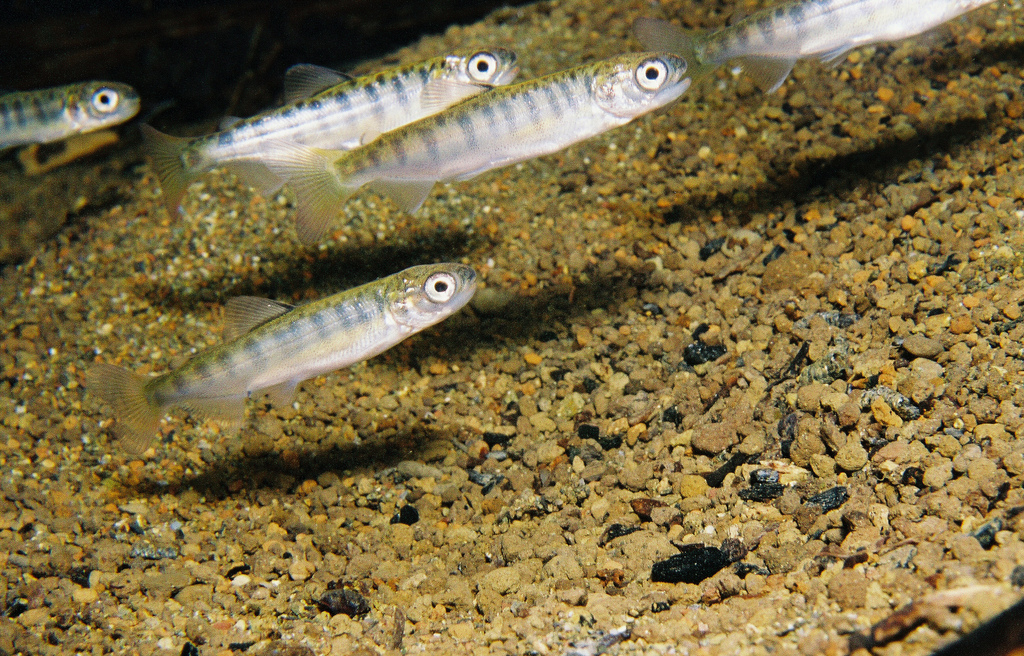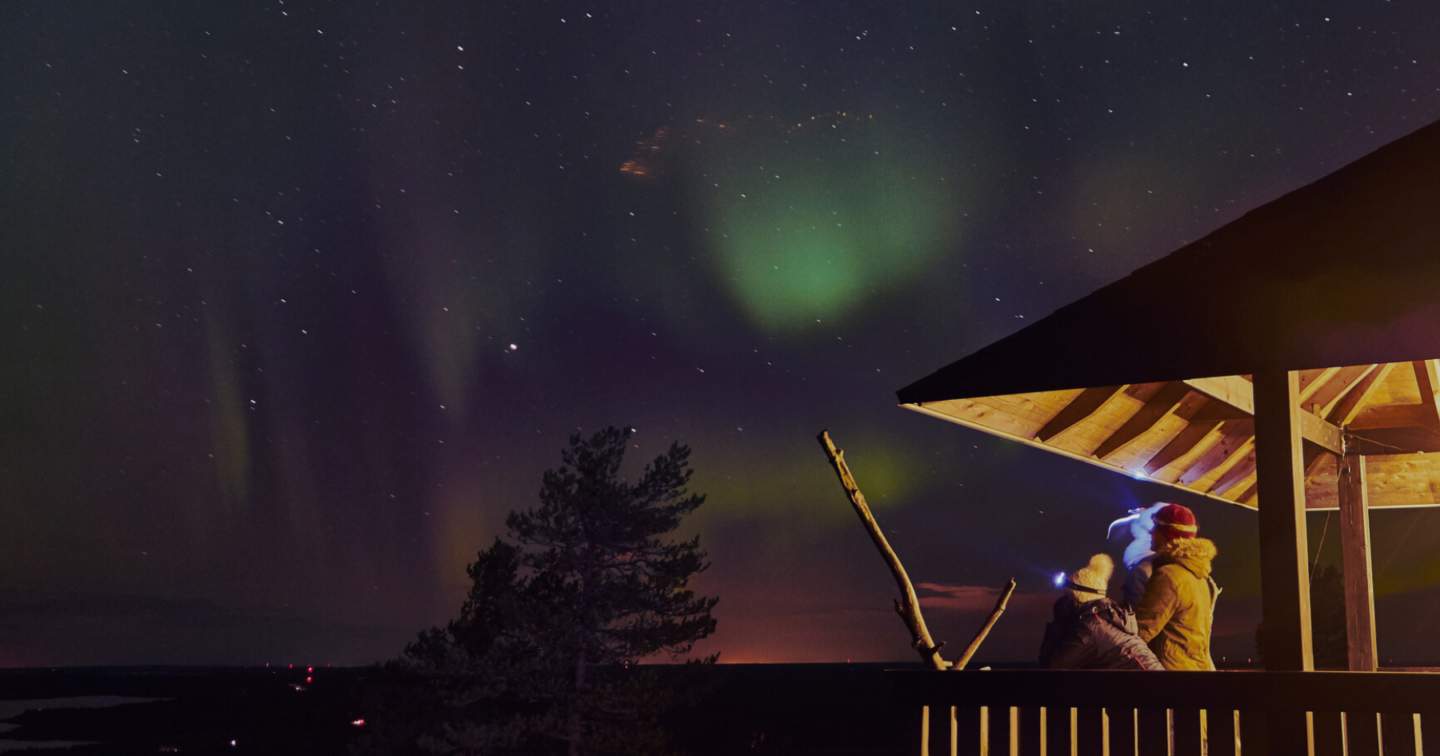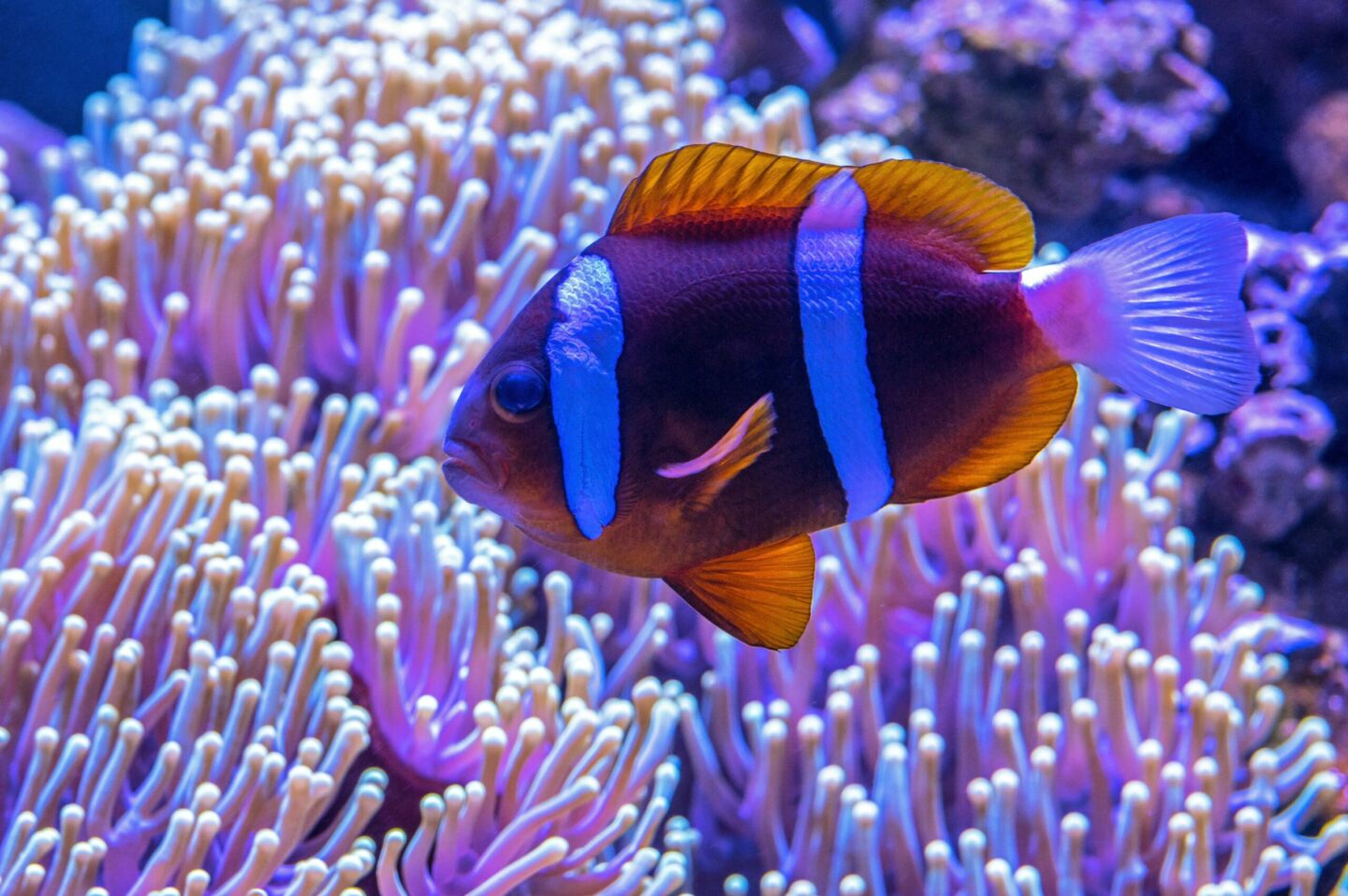
Can Salmon Help Save the Night Sky?

“Salmon could help save the night sky,” says Jack Sales, Chapter leader of IDA California. Sales is concerned about many environmental issues near Sacramento, including the decline of salmon populations. Sales says that learning about these issues isn’t just a hobby for him, “it’s a calling.”
Jack Sales, who has been involved with IDA for 20 years, is optimistic that ongoing research of the impacts of light pollution on salmon populations will help save two of the things he is most passionate about: Chinook salmon and the night sky. He knows that environmental issues are often intertwined, and he hopes that by shining a light on Chinook—both literally and figuratively—more people will realize the importance of protecting dark skies and endangered fish, and how by preserving one, we can help save the other.
At one time, California was home to four different types of salmon, but according to Sales, over 90% of salmon habitat in the state has been destroyed—partially because of drought, but mainly because of hydropower dams. Chinook salmon are the only remaining species in California. Nine species of Chinook salmon of the West Coast are protected under the Endangered Species Act, including the Sacramento River winter-run Chinook, which were updated from “threatened” to “endangered” in 1994.1
Since his retirement in 2000, Sales has been following the research of Roger Tabor and his team at U.S. Fish and Wildlife Service. Tabor, a fish biologist, works primarily in the Lake Washington basin, so Sales has been following his research from afar. A study published last year in the Transactions of the American Fisheries Society was especially interesting to Sales, because it investigated the effects of artificial light at night on juvenile Chinook salmon, referred to in the paper as “subyearling salmonids.” 2
Tabor and his team set up field trials in two urban lakes in western Washington State for their study. They selected several 156-meter-long shoreline sections near the outlet of major salmonid spawning streams with no direct artificial lighting. Then, from March to May, on two nights each month, they monitored the sites to determine fish abundances near the shore. In order to measure the effects of the intensity of light on fish abundance, the team set up sites with no light, dim light (maximum, 5 lux), and bright light (maximum, 50 lux).
Humans have been using light to attract fish for many years, so the study confirmed and quantified what we already know to be true. According to the paper, “In both lakes, the most subyearling salmonids were collected in the bright-light treatments, an intermediate amount in the dim-light treatments, and few in the no-light treatments. In some instances, subyearling salmonid abundances in the bright-light treatments were more than 10 times greater than in the no-light treatments.”
The problem is that this attraction to light is not innocuous. Among other known disruptions to fish behavior caused by artificial lights, the study stressed that “a major concern of artificial nighttime lighting for subyearling salmonids is the potential for an increased predation risk.” While subyearling salmonids depend on nearshore habitats for foraging, migration, and refuge from predators, the artificial lights on the shorelines made it easier for predators to find the young fish. In shallow areas, subyearling salmonids are vulnerable to a variety of piscivores (fish-eating animals). In fact, on one night during the experiment, the team observed a great blue heron feeding at a bright-light study site.
Other studies have found that fish can be affected by the wavelength of light, because red light gets absorbed at a depth of a few feet, while blue light penetrates deeper water. Also, some fish have exhibited spectral sensitivity changes at different life stages or points in their migration paths. It is clear that there is much more work to be done in this field to fully understand the effects of different types of lights on various species.
- NOAA Fisheries, Chinook Salmon. Retrieved 3/8/18 from http://www.westcoast.fisheries.noaa.gov/protected_species/salmon_steelhead/salmon_and_steelhead_listings/chinook/chinook_salmon.html
- Roger A. Tabor, Alex T. C. Bell, Daniel W. Lantz, Chris N. Gregersen, Hans B. Berge & Denise K. Hawkins (2017) Phototaxic Behavior of Subyearling Salmonids in the Nearshore Area of Two Urban Lakes in Western Washington State, Transactions of the American Fisheries Society, 146:4, 753-761, DOI: 10.1080/00028487.2017.1305988


















